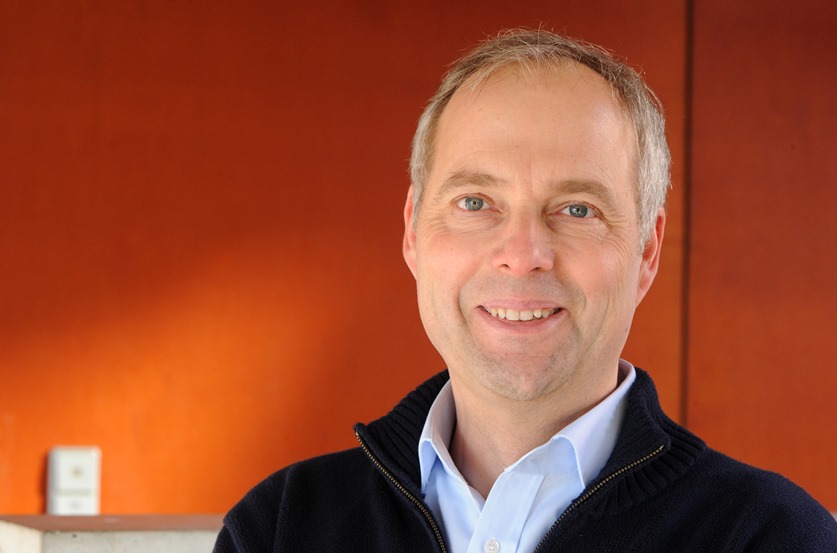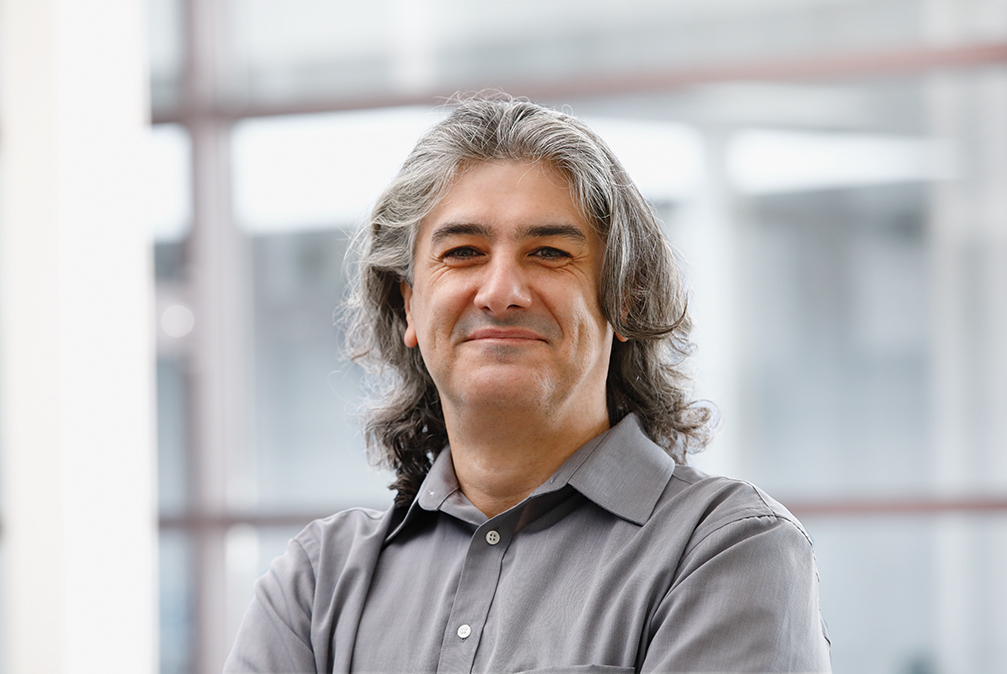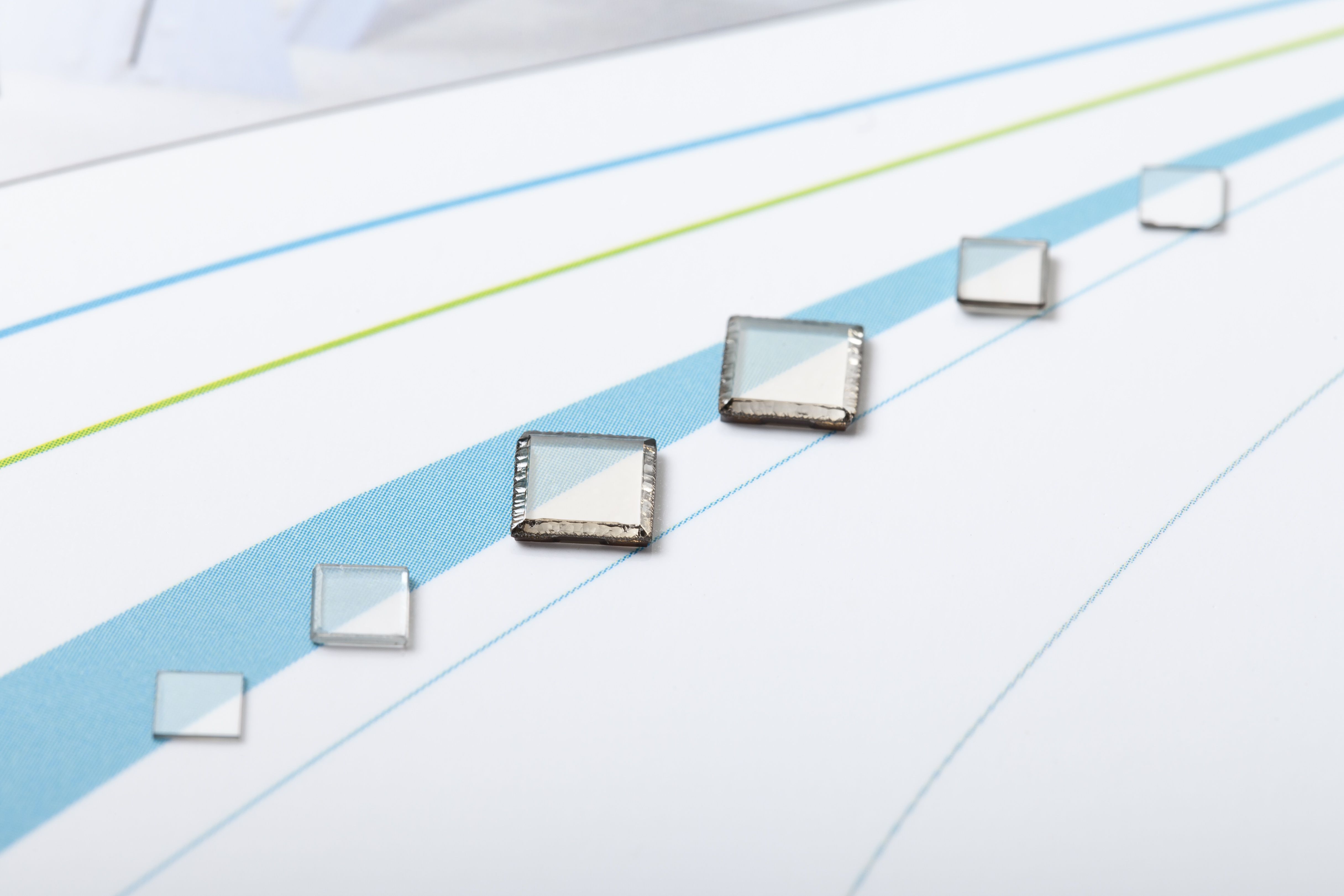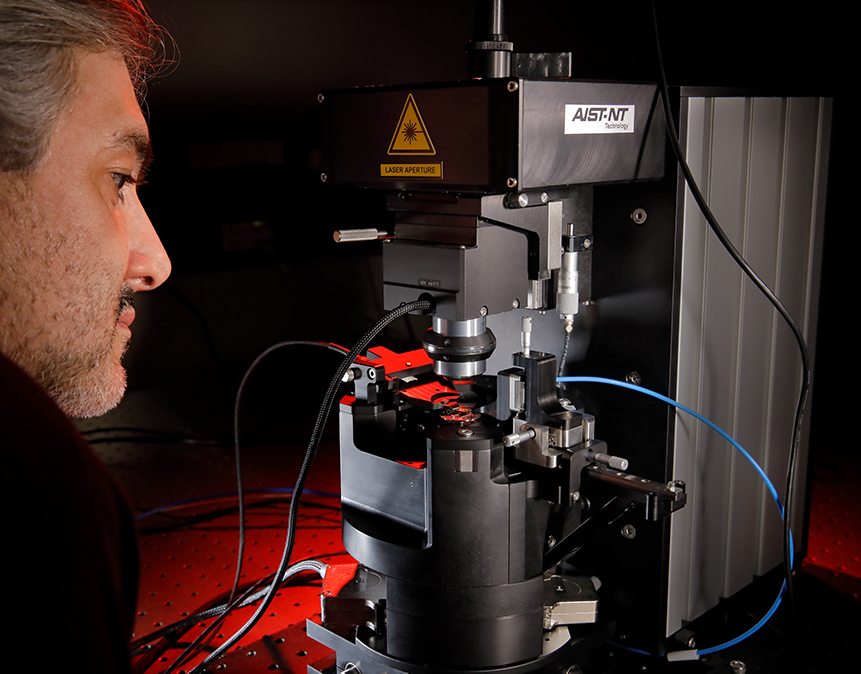Jörg Wrachtrup, Professor at the Institute of Physics at the University of Stuttgart and Fellow at the Max Planck Institute for Solid State Physics, has always been fascinated by physical questions whose outcome can be calculated very accurately and compared with theories. Today, he is one of the most cited scientists (HCR) in physics, among other things due to his research on diamond quantum sensors . In this interview he talks to Xavier Vidal, scientist at Fraunhofer IAF.
In conversation with Jörg Wrachtrup, Professor at the 3rd Physics Institute at the University of Stuttgart
How does quantum sensing already influence our lives today?
Wrachtrup — Gas cell magnetometers, which have been in development for 15 years, are currently revolutionizing the neurosciences. They enable a completely new approach to neurological examinations, especially of our brain, and will lead to a dramatic spread of this technology. Until now, such examinations have only been possible in a few European centers, but suddenly we are on the way to making them available to practically every family doctor.
Vidal — Another example is nuclear magnetic resonance (NMR) and its imaging equivalent magnetic resonance imaging (MRI). MRI scanners are a common piece of equipment in hospitals. By interrogating the quantum properties of the human body’s protons, MRIs can reproduce a 3D image of the inner soft body tissues and organs. I envisage that diamond-based NMR sensors will soon produce similar high resolution results from just a drop of a human fluid or a small piece of tissue.
Is quantum sensing the closest quantum technology to application?
Wrachtrup — I'd say that quantum sensor technology is one life cycle ahead of quantum computing. There are already start-ups and small companies that offer quantum sensors. Of course, this is not yet a mass market. Simple quantum sensors are already in use; for more complex problems, it will become clear in the next few years whether they will be just as successful and whether it will be possible to replace and improve marketable magnetometers such as those currently installed in cell phones and computers.
Vidal — At Fraunhofer IAF, we are currently working on implementing quantum sensing to detect magnetic fields and microwave sources applied to fields as diverse as nano- and micro-electronics, chemistry, medicine, material science, and navigation. Other applications for diamond-based sensors that are close to the market include detection of magnetic fields, gravimetry, and inertial navigation. Who knows, we might need them in our cell phones when we head off to explore space some time.
How can Fraunhofer, start-ups and companies work together to make quantum sensors a success?
Wrachtrup — My personal experience is that large companies that have the potential to bring technologies like quantum sensing to market often have a very specific market approach. They want to supply the mass market and that naturally brings with it a certain cost pressure. This is difficult for quantum technology because at the beginning the use case does not justify the price. Small companies and start-ups can act more flexibly in niche markets. If they keep at it, they can succeed in initiating a technological change from which, in the end, large companies also benefit.
Vidal — In this respect, Fraunhofer institutes are perfect to connect both worlds. We have a unique position to drive forward developments and convince large companies that initial costs will reap rewards later. But Fraunhofer institutes also open the door for companies that want to explore the potential of quantum technologies at very early stages of research.
How important is interdisciplinary collaboration in this regard?
Vidal — It is absolutely essential. There is no project that we are participating in right now or planning that does not require the collaboration of different fields and expertise to succeed.
Wrachtrup — I can give you an example: The development of the gas cell magnetometers took 15 years because there was only one group dedicated to it. It would have gone much faster if several research groups had worked on it. I think we have learned from this that you have to include several levels of development from the very beginning. You can't develop something in the natural sciences and hope that someone will take up the technology. You have to get application-oriented players like Fraunhofer and the engineering sciences excited about the development right from the start.
Who are your role models?
Wrachtrup — Oh, there are many. There are incredibly creative people among the living and the dead. I find admiration for people who pursue their ideas for years and do not let themselves be put off. For me, this is the very essence of progress in science.
Vidal — I agree that it is tough to choose one or even a dozen when we start thinking how far we have gone in understanding nature. I do not have what I would call role models, but if I have to give names of people that impacted me and my relationship with nature and science in my childhood, I would mention two people. First, Carl Sagan, who once a week appeared on a television program describing the existence of distant galaxies, stars and other forms of matter. And then, on the weekends, Jacques Cousteau was on another TV show describing and discovering for all the viewers the underwater world. I was fascinated by the fact that he invented an autonomous apparatus to breathe under water. I became a physicist that loves diving in his free time! (laughs)
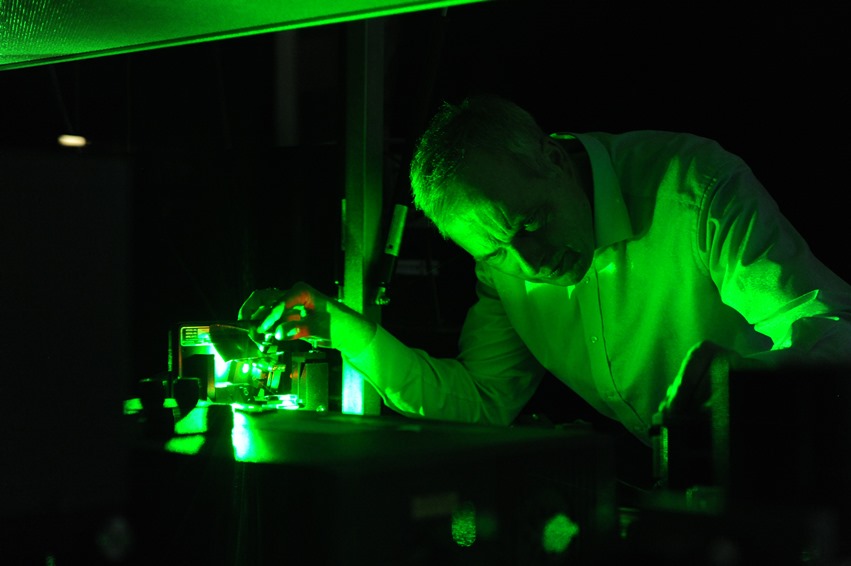
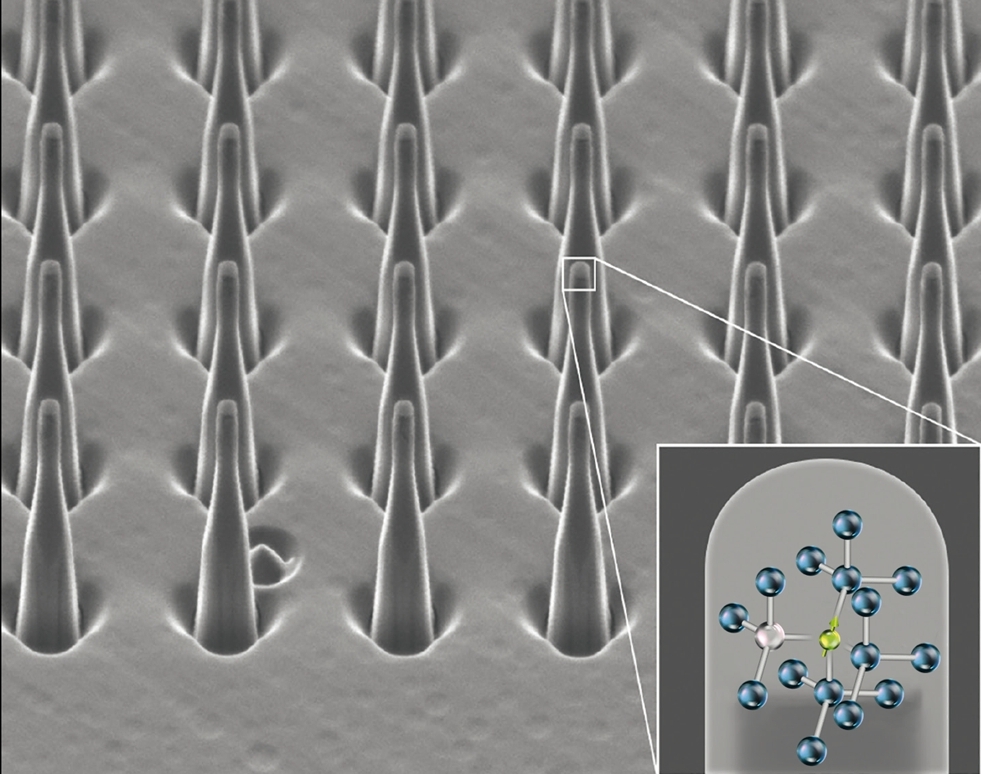
What lies in the future for quantum sensors?
Wrachtrup — I remember when I read the first papers 20 years ago and thought that they were all dreams. The demands on such systems were so high that nobody could imagine that one day you could master the necessary technology. And yet today the first functioning quantum systems exist. Therefore, I believe it is extremely important to pursue quantum sensing. I’ll say it in the spirit of Einstein, who was also a nonconformist – the true potential of an idea only becomes apparent over time.
Vidal — I imagine that quantum sensors will be common tools in our everyday life in the near future, in 10 or 20 years. It is not only a technology that will improve current instruments, but a different paradigm put into practice. This is the basis of the new revolution in quantum technologies and is behind a fascinating new variety of technologies and applications to come. In other words, it is the excitement of a new challenge we are working on in the new industrial revolution.
 Fraunhofer Institute for Applied Solid State Physics IAF
Fraunhofer Institute for Applied Solid State Physics IAF